Sonus paradisi Goerlitz Sonnenorgel Hauptwerk

P2P | 05 June 2025 | 47.67 GB
Sonnenorgel - Görlitz, Casparini 1703, Mathis 1997-2006
The church of St. Peter and Paul in Görlitz was founded in the 13th century and it attained its present shape in 1497. The central nave is flanked by four aisles, forming a huge and highly reverberant space. In 1691 it was reconstructed after a fire, and consequently it was given a new organ, finished in 1703 by Eugenio Casparini (1623-1706) and his son.
The organ had 57 stops on 3 manuals and it was among the largest instruments in Silesia. The organ case was designed by the architect Johann Conrad Büchau. The special feature of this facade is the implementation of 17 golden suns, which also sounded as a pedal cornet-mixtur of 12 ranks. These suns have given name to the instrument: Sun-organ = Sonnenorgel. The pedal mixture "Sonnenmixtur" had also a trumpet rank included. These reed pipes were spread all over the case held in the hands of the angels!
Although the organ was very famous, Johann Sebastian Bach complained about the tough tracker touch. When playing it, he said that this organ required a the strength of a horse to press the keys.
Besides the organ case, only the Cypress-wood pipes of Onda maris have survived from the Casparini organ until the present. In 1894, the company Schlag and Sons rebuilt the instrument. Later in 1928, the company Sauer installed an electo-pneumatic organ into the historical case. The Sauer organ had 89 stops on 4 manuals and pedal.
The interior of the church was restored between 1980-1992 and there were plans to build a new organ into the historical case. The specification of the new instrument could not follow Casparini´s organ (since none of his instruments exists unaltered). Furthermore, the Sauer organ was not suitable for restoration, being only partially preserved after World War II. The expert committee decided to build an instrument inspired by the Casparini´s baroque concept, but enlarged by a swell manual allowing to also perform later organ music. The work was entrusted to the Swiss company Mathis Orgelbau.
In 1997, the first part of the instrument was inaugurated: the 3 manuals (HW, OW, BW), and the pedal. The construction of the swell division was postponed, and was completed in 2006. The clever voicing of the instrument and its large, rich specification makes the organ universally suitable for almost every kind of organ music. The organ has 87 speaking stops, the usual couplers, a number of playing aids and toy stops.
One additional special feature of the instrument must be mentioned: its toy stops. The instrument has five highly entertaining stops: Kuckuck, Tamburo, Vogel-gesang, Cymbelstern and Nachtigall. Oh, this last one is particularly amusing.
We agreed with the government of the Görlitz church, that after making the digital snapshot of the instrument, there should still be something unique and special left that the visitor should hear only and exclusively when visiting the church personally. For this reason, the Sonnenmixtur - the top-most specialty of this instrument - remains silent in the Hauptwerk virtual model.
Features:
Editions
The sample set is sold in several editions: free, small, medium and full. The editions differ in the number of speaking ranks (pipes). See the comparison chart. All the editions require Hauptwerk software, version 5 or above!
Encryption
The medium and the full editions are encrypted, dongle protected. The free and the small editions are not encrypted.
Keyboards, pedalboard
The original compass of the keyboards is 58 keys. The original compass of the pedal division is 30 sounding tones (extended in Hauptwerk to 32 keys).
Tremulants
Many ranks were recorded with and without tremulants for the most convincing tremulant behavior. However, loading tremmed ranks consumes large amount of RAM. It is possible to select to use the artificial tremulant instead to save RAM.
Surround format
The sample set is offered in the Surround variant (6 channels). In addition to the usual 4-channel surround, there are two more alternative front channels. In total, there are 4 front audio channels and 2 rear channels. The two pairs of the front ranks feature two different recording positions: direct (near to the pipes) and diffuse (distant from the instrument). These two pairs of the front ranks can either be mixed together freely to achieve any listening position between the two extremes, or used separately - depending on the prefererences of the user. A dedicated "mixing desk" is available in Hauptwerk to mix the sound to the desired level.
home page:
https://goo.su/rcQ8
DOWNLOAD
Related News:
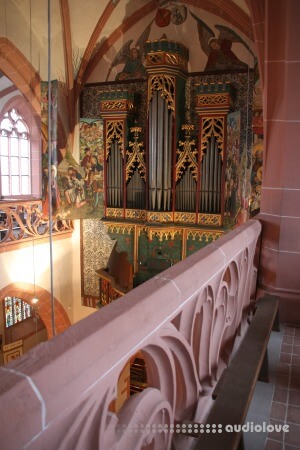 Sonus paradisi Kiedrich Virtual Organ Model Hauptwerk
Sonus paradisi Kiedrich Virtual Organ Model HauptwerkP2P | 05 June 2025 | 13.73 GB Kiedrich - the "oldest organ" of Germany The instrument in the St. Valentinus and Dionysius church in Kiedrich has the reputation of being the oldest playable organ in Germany. Although that may not be exactly correct, the organ is certainly one of the oldest in Germany, and it contains elements stemming from around 1500....
 Sonus Paradisi Utrecht Dom Bätz Organ v2.51 Hauptwerk
Sonus Paradisi Utrecht Dom Bätz Organ v2.51 HauptwerkP2P | 02 December 2024 | 46.3 GB The present instrument incorporates parts of an earlier organ, namely the 1569 - 1571 Peter Janszoon de Swart renaissance organ. From this famous and capable organ builder 6 stops in de Rugwerk, 3 in the Bovenwerk, and 2 in the Pedal still remain in the instrument. Notably the plenum formed by octaaf 4 and 2', the quint 3' and the two mixtures in the Rugwerk are...
 Sonus Paradisi Rotterdam Laurenskerk Main Organ (Wet Surround) Hauptwerk
Sonus Paradisi Rotterdam Laurenskerk Main Organ (Wet Surround) HauptwerkP2P | 02 October 2023 | 33.6 GB The large gothic church of Rotterdam was built in 15th century. The church was completed in 1525. Four hundred years later it was almost destroyed by a German bombardment in May of the year 1940. The interior of the sanctuary was entirely lost due to fire. There were left only the outer walls and a part of the tower. The restoration of the church was done after the...
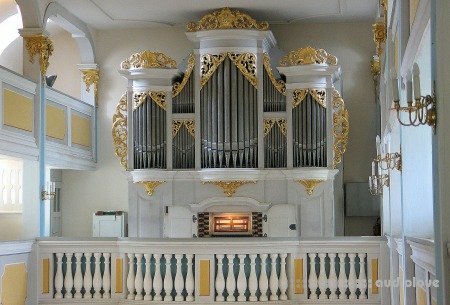 OrganArt Media 1731 Gottfried Silbermann Organ Hauptwerk
OrganArt Media 1731 Gottfried Silbermann Organ HauptwerkP2P | 29 October 2022 | 6.09 GB The instrument is located in a historical village church in East Germany near Dresden, based on a church of the 13th century, which was reconstructed and extended during the following centuries, last in 1742. The church acoustics is dry and clear because of the large amount of wooden installations....
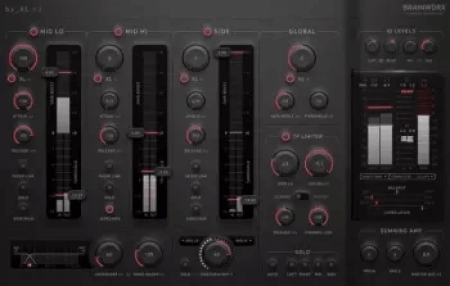
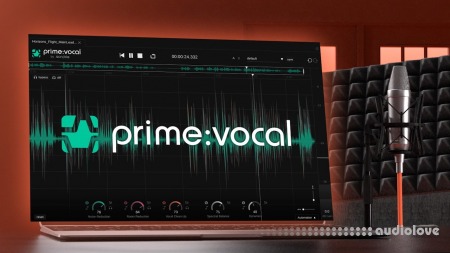
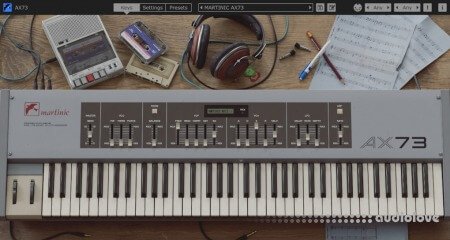
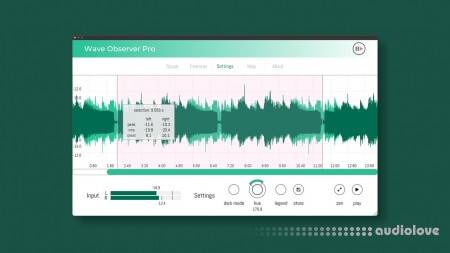
Comments for Sonus paradisi Goerlitz Sonnenorgel Hauptwerk:
No comments yet, add a comment!